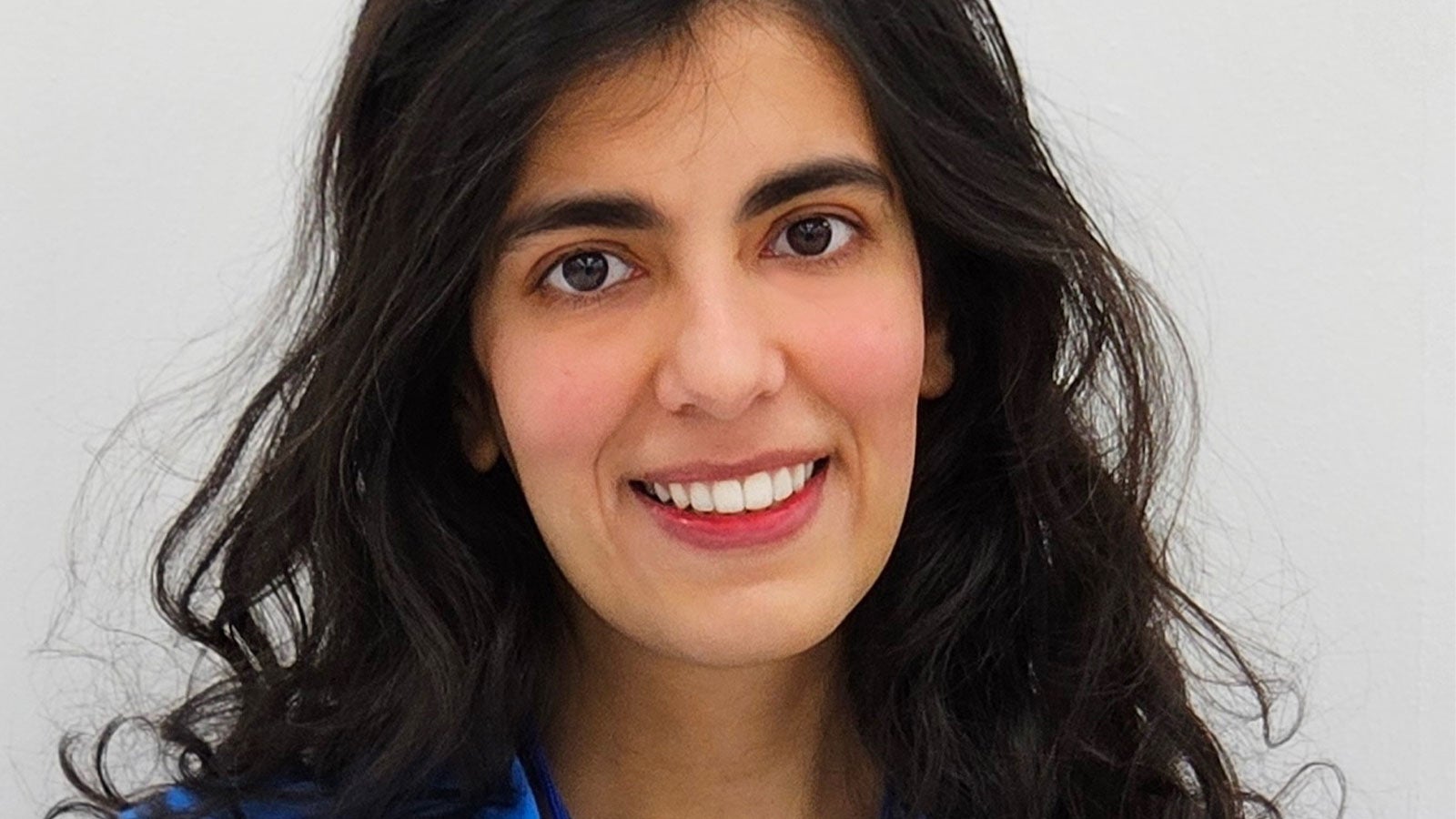Exosomes are a sort of cellular transport system in the human body, generated by all cells and carrying essential substances such as nucleic acids, proteins and lipids.
“Studying exosomes is difficult with conventional electron microscopy because they require heavy chemical fixations, which can alter their structure. We need to image such biological particles in their native state,” said Kshipra Kapoor, a graduate research assistant in electrical and computer engineering (ECE) at Rice.
Her paper, “Single Extracellular Vesicle Imaging and Computational Analysis Identifies Inherent Architectural Heterogeneity," is published in ACS Nano, a journal of the American Chemical Society, and proposes a solution to the imaging difficulty.
“We used cryogenic electron microscopy to look at the structural heterogeneity of exosomes. Cryo-EM is a powerful imaging technique that allowed us to visualize exosomes at high resolution without the need for harsh chemical labeling methods,” said Kapoor, who earned her M.S. and Ph.D. in ECE from Rice in 2019 and 2023 respectively.
“Communication among cells within the human body is constant,” she said. “A primary mode of interaction involves the secretion of these small vesicles known as exosomes. You can see why it’s important to be able to study them in detail.”
Kapoor and her colleagues examined 7,576 individual exosomes from various sources such as cancer cells, normal cells, immortalized cells and various body fluids in order to prepare a structural atlas of their various shapes.
“The architectural heterogeneity was consistent across all sources of exosome, independent of purification techniques. Our study will serve as a reference foundation for high-resolution images of EVs and offer insights into their potential biological impact,” Kapoor said.
About the potential application of her research, Kapoor said:
“The non-spherical appearance of viruses is one of the factors that help them evade the immune system. By using exosomes as drug-delivery carriers, our study should help us determine whether different exosome morphologies and shapes can have different circulation times in-vivo. That way, we can better evaluate which exosome shape will have a longer half-life, which should lead to a more efficient drug-delivery vehicle.”
Her co-authors are Vivek Boominathan, Rice ECE research scientist; Seoyun Kong, Rice undergraduate in materials science and nanoengineering; Dr. Hikaru Sugimoto, Dr. Raghu Kalluri and Kathleen M. McAndrews, MD Anderson Cancer Center; Sibani Lisa Biswal, William M. McCardell Professor in Chemical Engineering at Rice; Wenhua Guo, Rice research scientist microscopy facilities manager; Yi-Lin Chen, postdoctoral associate, Baylor College of Medicine; Tanguy Terlier, Rice Shared Equipment Authority research scientist.

